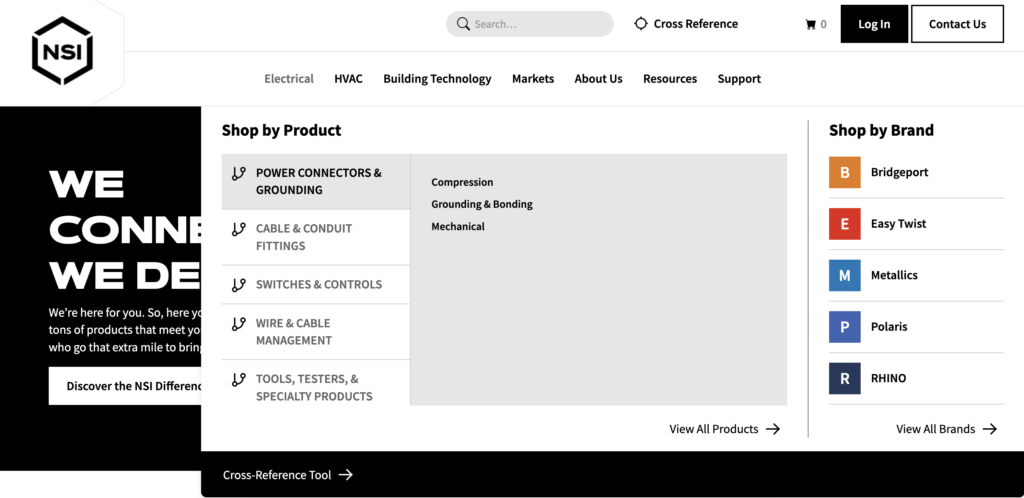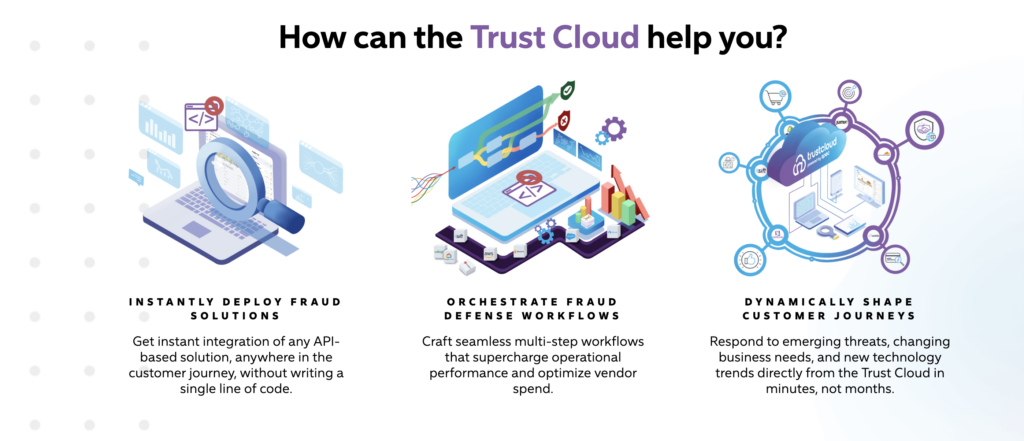
Web Design | 04.12.2023
Beyond Trends: User-Experience Decisions that Directly Impact ROI
Not all UX decisions are created equal when it comes to driving ROI. UX or UI trends can seem like an easy fix, but more often than not, the source of real impact isn’t as glamorous as the listicles might argue.
In today’s digital landscape, businesses must prioritize user experience (UX) design to remain competitive. A well-crafted website can enhance the user’s perception of the brand, improve retention rates, and drive conversion. However, not all UX decisions are created equal when it comes to driving ROI. Though implementing UX or UI trends can seem like an easy fix, more often than not, the source of real impact isn’t as glamorous as the listicles might argue. Here are a few ways we utilize data-driven decision making to help our clients build value.
Emphasize Navigation

Effective navigation is critical to any successful website. Streamlining navigation can help users find what they are looking for quickly and easily. We pair our information architecture recommendations with user data from our clients’ Google Analytics in order to assess user needs. Once we understand our clients’ users – are they still in the discovery phase? Are they experienced users? How often are they coming to the site, and what are they doing there? – we can build a navigation that helps reduce bounce rates and increase engagement.
Optimize Performance

Websites with slow load times or laggy performance can lead to user frustration and abandonment. Optimizing performance is crucial to improving user satisfaction and driving ROI. Businesses can optimize performance by reducing the application’s complexity, compressing images and media, and minimizing HTTP requests. Additionally, by implementing lazy loading, businesses can prioritize content that the user is most likely to engage with, enhancing the overall user experience.
Marry Content and Design

Clear and effective messaging is essential to driving conversion rates. A well-crafted brand story can encourage users to take the desired action, such as completing a purchase or filling out a form. Combining business messaging goals with UX is a powerful way to lead users through a site and to desired destinations. This includes implementing clear language, a vertical rhythm that mimics and helps tell the brand story and repeating, actionable CTAs.
Incorporate Personalization

Personalization is becoming increasingly important with the advent of AI – in fact, users expect to encounter a website that is catered to their needs and interests. By providing personalized experiences, businesses can improve user engagement and retention. Personalization can be achieved through machine learning algorithms that analyze user data to provide personalized content and recommendations. At Jordan Crown, we offer customization options that allow businesses to personalize the interface to their users’ preferences by building dynamic and responsive sites. This can enhance the user experience and ultimately drive ROI.
Prioritize Accessibility

Accessibility is crucial to the function of any website. By prioritizing accessibility, businesses can improve the experience for users of all abilities. This is not only our ethical duty, but also a worthy goal of making space for all. Meeting and exceeding accessibility standards can be achieved through design elements like clear and easy-to-read typography or providing alternative text for images, and dev elements like ensuring the application is compatible with screen readers. By prioritizing accessibility, businesses can demonstrate their commitment to inclusivity and drive ROI by expanding their user base.
Conclusion
While dark mode or micro interactions might seem like easy wins when building a website, ROI-based UX decisions can have a significant impact on a business’s bottom line. Streamlining navigation, optimizing performance, linking content and design goals, incorporating personalization, and prioritizing accessibility are just a few of the ways businesses can improve engagement and retention rates, ultimately driving conversions and increasing revenue.

